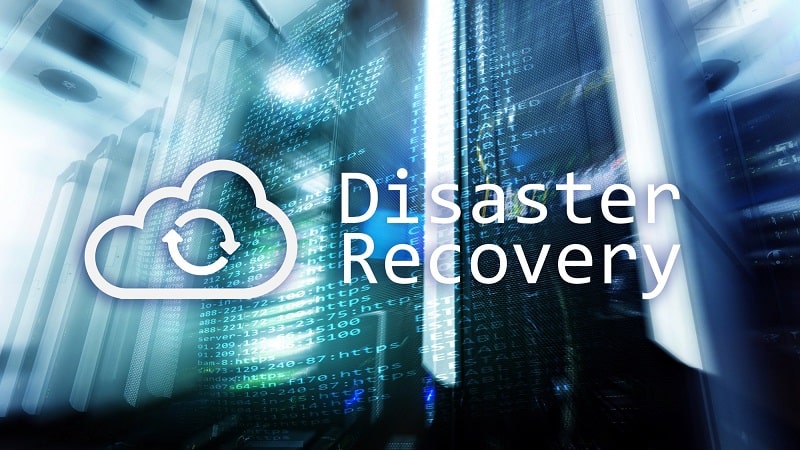
The City of New Orleans has a long-standing history with natural disasters as a coastal city, and recovering data and protecting critical IT infrastructure has become an easier task with ActiveDR from Pure Storage, a city official said.
ActiveDR is a service offered by Pure that provides “an array-based mechanism to protect your important data in a simple and robust way over great distances with extremely low” recovery point objectives (RPO).
During Pure’s Accelerate techfest22 event, City of New Orleans CIO Kim Walker LaGrue discussed how the city has leveraged the ActiveDR strategy to prepare, test, and manage disasters, while continuing to support critical emergency services, including law enforcement and the fire department.
According to LaGrue, New Orleans was using different infrastructure last year before moving to two data centers that are in different geographic locations. Two FlashArrays at the data centers allow them to keep the data in sync and active.
“Even with the disbursement of our sites – they are about 300 miles apart – and tolerance for working over that network and latency … the fact that we’re constantly streaming that data means that data stays in sync,” said LaGrue. This process makes for easy replication and availability of data in the secondary data center in the event of a disaster, she said.
According to LaGrue, the business advantages of ActiveDR include:
- Continuity of services;
- Simplicity of the solution means having fewer people involved in the ActiveDR;
- Saving resources; and
- Testing without interrupting day-to-day services.
“We focused on understanding what type of data we needed to secure,” said LaGrue. “And having a simple ActiveDR solution made our recovery – and the people who actually perform that recovery –much more affordable for us. It proved its value to us as an organization.”
Before the city took implemented solutions from Pure, recovery for around 100 terabytes of data took months. With Pure, recovery time dropped to just 48 hours for the same amount of data across roughly 300 server environments.
“You can never be too prepared, but the support that we got from the engineering team, the Pure Storage team, and the demonstrations, there wasn’t any more comfort that our team could have had,” said LaGrue.
“Being prepared is really great, but really understanding those solutions and the ones that you employ and how they work is so important to a successful disaster recovery strategy,” she said.
